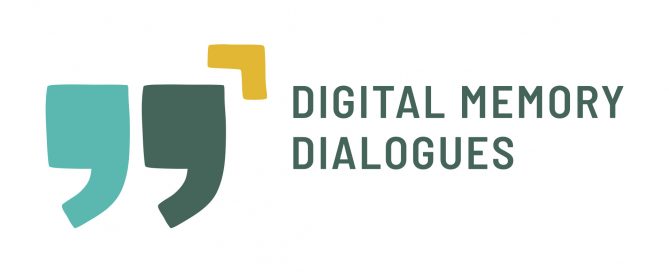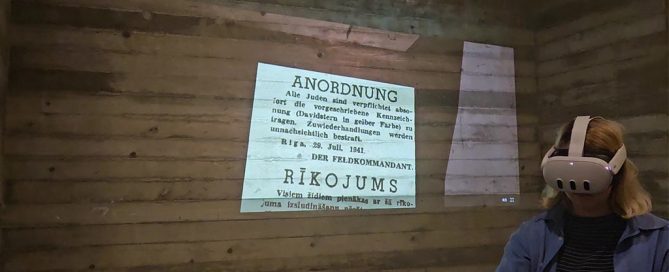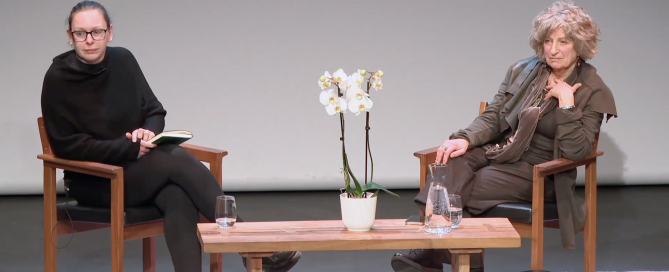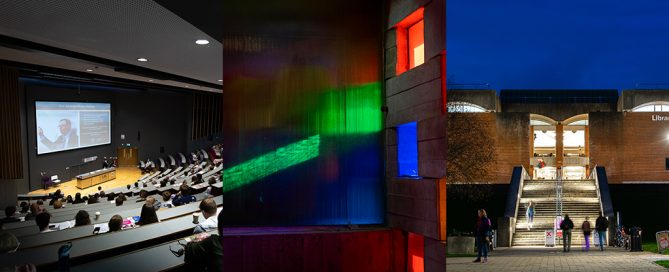Building a Living Database, Part 3: Software Development
In the final part of the series, we take a deep dive into the technical development of our flagship Digital Holocaust Memory Database – a ‘living’ database-archive of the world’s digital Holocaust memory projects – including the technical trade-offs that needed to be made along the way and how the team established feedback loops for constant improvement. By James Alvarez, Senior Web Developer, University of Sussex We began the process by holding a series of workshops, based on the Joint Application Design ethos. During this Discovery phase, we got everyone involved in the project round the table and started from basic principles: the aims of the project, what success looks like, and what characteristics of users we have. This ultimately feeds into a document of knowledge about who our users are and what they are trying to do – and outlines this in a very concrete way to ground planning activities. Starting from these overviews is crucial in software planning. We wanted to tailor our approach to the intended users, and without being fully aware of what users are trying to do, it's easy to lose track of what to focus the efforts on. We could then began to [...]






